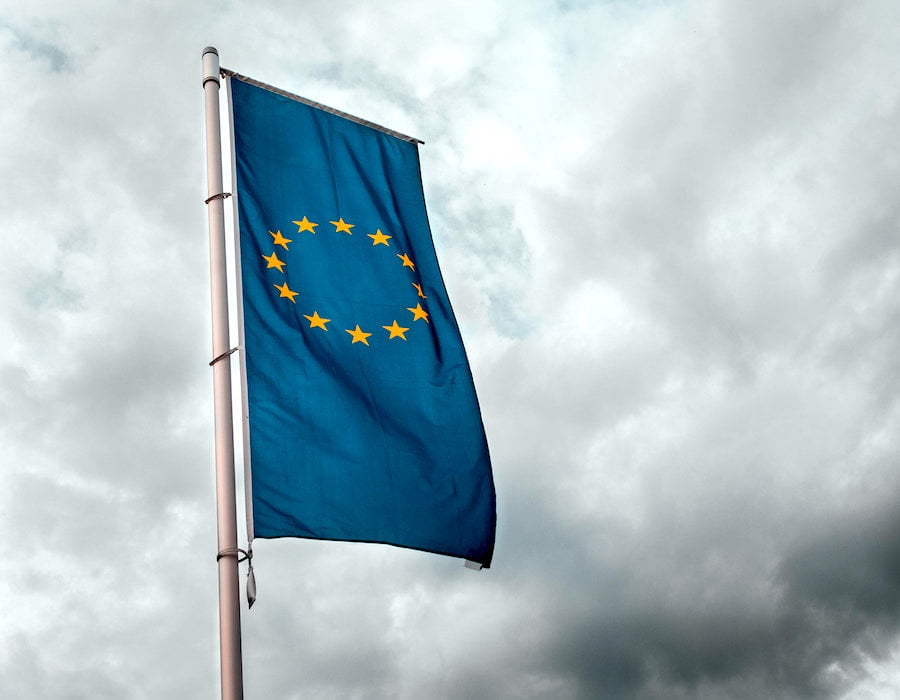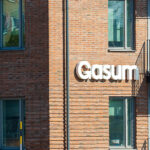July 30, 2021. The European Union (EU) will invest €118 million into 32 small innovative projects located in 14 EU Member States, Iceland and Norway. The grants will support projects aiming to bring low-carbon technologies to the market in energy intensive industries, hydrogen, energy storage and renewable energy.
“With today’s investment, the EU is giving concrete support to clean tech projects all over Europe to scale up technological solutions that can help reach climate neutrality by 2050,” said European Commission Executive Vice-President Timmermans.
“The increase of the Innovation Fund proposed in the Fit for 55 Package will enable the EU to support even more projects in the future, speed them up, and bring them to the market as quickly as possible.”
Amongst projects which received the €118 million funding was FirstBio2Shipping; the initiative is located in The Netherlands and involves ATTERO BV (NL) and Bio-LNG Hub Wilp B.V. (NL).
The aim of the project is to decarbonize the maritime sector by demonstrating the first industrial plant producing renewable, low-carbon bio liquefied natural gas (bio-LNG) in a standardized and scalable fashion, enabling the cost-effective substitution of heavy fuel oil (HFO).
The plant consists inter alia of a gas treatment unit, a bio-LNG polishing and storage unit and a carbon capture unit. At the core of the process is a novel technology called iLNG.
The novel integrated system aims to overcome hurdles such as low bio-LNG qualities (i.e., containing amines), high methane slip (due to CO2 venting), high temperature demands in gas treatment technologies, and high costs for disposal of wastewater and toxic chemical waste.
The demonstration plant aims to produce 6 million Nm3 /year of biogas, 2,400 tons/year biomethane and 5,000 tons/year bio-CO2. The project would reduce GHG by 92% compared to a reference scenario.




